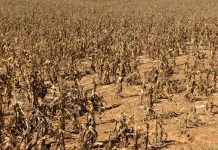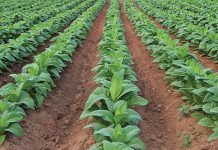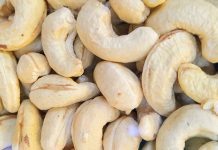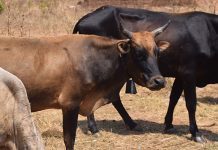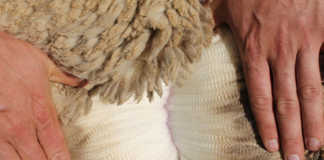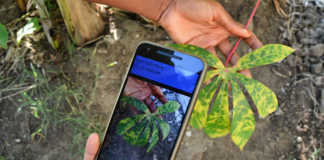At the 2016 Autumn International Scientific Conference on Food Safety and Security in Johannesburg, speakers shared these facts about food safety and security on the continent.
- 70% of women in Africa are farmers, yet they struggle to access land as a result of customary laws on land ownership. Benias Mapepeta, Cranefield College of Management, Zimbabwe.
- In sub-Saharan Africa, post-harvest losses amounted to 11% of all fruit produced and 12% of vegetables. The FAO’s optimal threshold for post-harvest losses was about 5%. Prof Charles Whitehead, University of Johannesburg.
- More than 25% of the world’s crops were contaminated with mycotoxins. These toxic moulds and fungi were believed to be some of the most potent carcinogens. Prof Sarah De Saeger, Ghent University, Belgium.
- In Nigeria aflatoxtin (a type of mycotoxin) contamination of maize and groundnuts was the likely cause of 7 761 liver cancer cases per year. The cost to the country was between 11,2 billion Naira (R880 million) and 11,4 billion Naira (R900 million), which amounted to 1,97% of Nigeria’s GDP in 2014. Prof Hussaini Makun, Federal University of Technology Minna, Nigeria.
- South African fresh produce exports to Europe were considered to be the most compliant in terms of food safety regulations, sometimes even exceeding safety requirements. Prof Lise Korsten, University of Pretoria.


